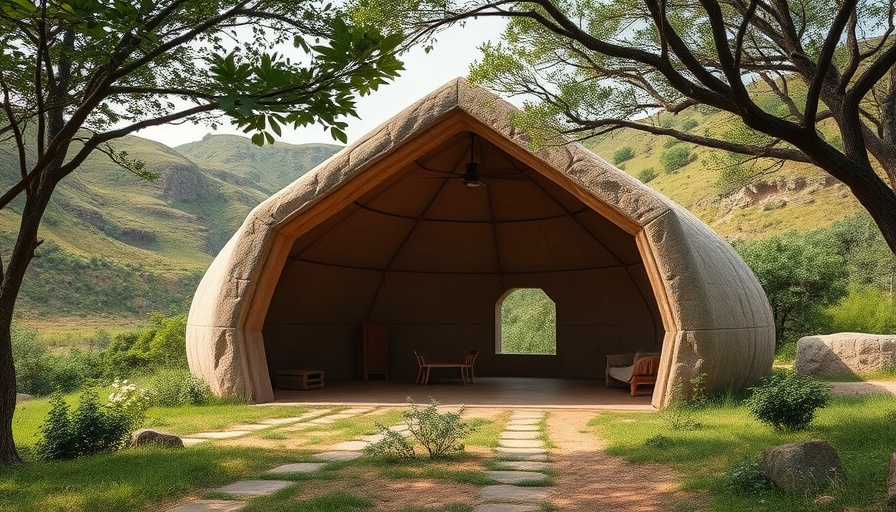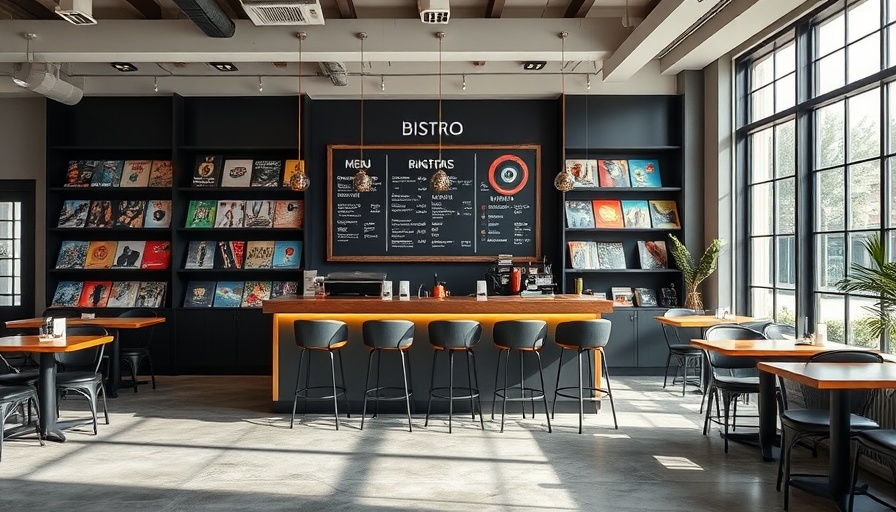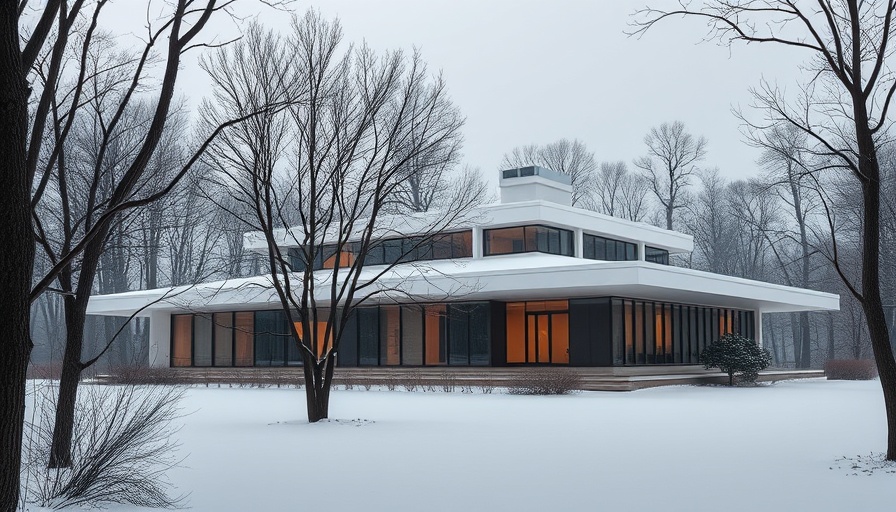
Enhancing Remote Work Through Thoughtful Design
As more individuals become digital nomads, the importance of crafting an efficient and comfortable remote workspace cannot be overstated. One exciting example of this trend is the Sagehaus Office Garden in Jakarta, designed by RAD+ar. The project ingeniously incorporates planted breezeways, blending nature with modern office aesthetics, offering inspiration for anyone looking to upgrade their work environments.
The Benefits of Biophilic Design
The introduction of natural elements in built environments, known as biophilic design, has been shown to improve productivity and well-being. The aesthetically pleasing breezeways in Sagehaus not only beautify the office landscape but also serve vital ecological functions by enhancing air quality. This connection to nature can help remote workers find tranquility and focus.
Creating Your Own Breezy Workspaces
Even if you don't have access to a grand office garden, you can bring elements of this design into your home workspace. Consider incorporating houseplants, natural light, and outdoor views to replicate the refreshing atmosphere of Sagehaus. Simple additions like a small potted plant or managing your workspace to catch as much natural light as possible can significantly enhance your work productivity.
Tips for Ergonomic Remote Work Setup
To truly maximize the comfort and efficiency of your workspace, focus on ergonomics. A well-structured ergonomic setup can prevent strain and injury, keeping you comfortable during long hours at your desk. Ensure your chair provides proper lumbar support, and position your computer monitor at eye level to avoid neck strain. Using a standing desk or taking regular breaks to move around can also help maintain your focus and energy levels.
Understanding the Importance of Space Planning
Space planning is crucial in any work environment, especially for digital nomads who might not have a designated office. Organize your workspace to minimize distractions and promote efficiency. This includes keeping necessary tools within arm's reach while ensuring adequate movement space. Additionally, consider the acoustics of your environment; a quiet place will help you concentrate better.
Future Trends in Workplace Design
As the remote work trend continues, there is a growing emphasis on creating adaptive workspaces. Many organizations are beginning to prioritize flexibility, favoring designs that can be modified to suit various needs. If you aspire to work more remotely, look for spaces that can be easily organized and personalized.
How Environment Influences Mood and Productivity
Environmental factors play a significant role in our mental health and efficiency. The Sagehaus Office Garden demonstrates how thoughtful design can positively impact mood. Studies show that exposure to greenery can reduce stress and enhance creativity, making it easier to achieve personal and professional goals.
Emotional and Human Interest Impacts of Workspaces
Creating the ideal workspace isn't only about productivity; it's also about well-being and emotional resonance. The inviting atmosphere of the Sagehaus environment fosters social connection and collaboration among coworkers, and those concepts can be translated into remote work as well. Building a nurturing environment can transform how we feel about our work.
As you embrace the digital nomad lifestyle, take these insights from the incredible Sagehaus design to craft your own enjoyable workspace. Make changes that resonate with you, thereby enriching your journey of working remotely.
 Add Row
Add Row  Add
Add 




Write A Comment